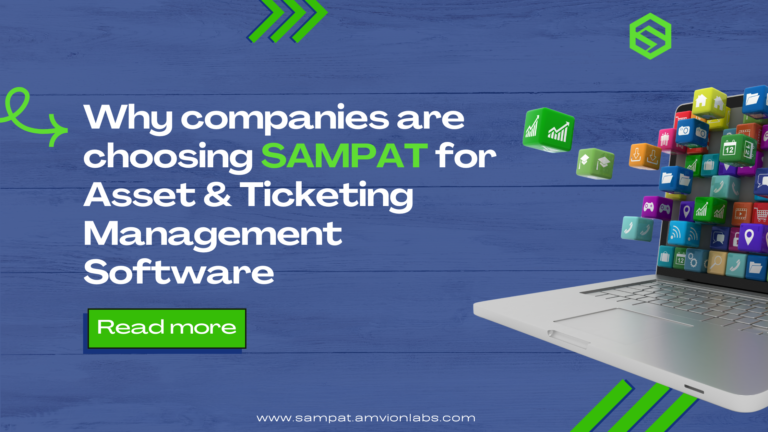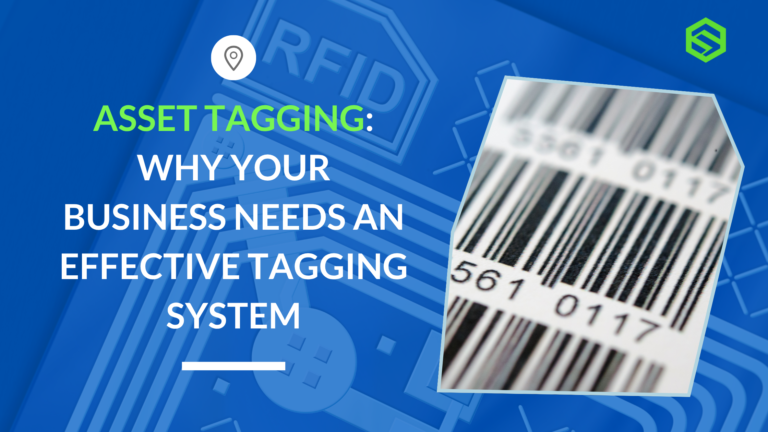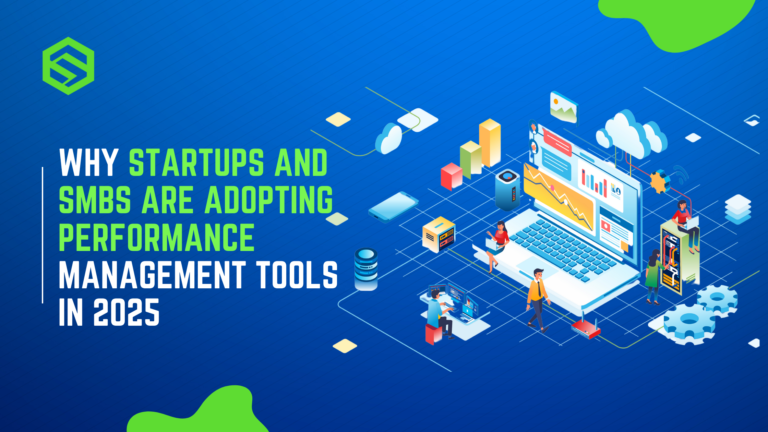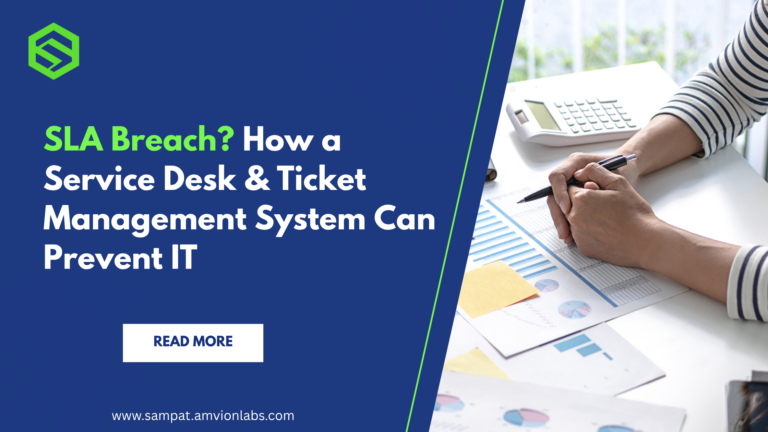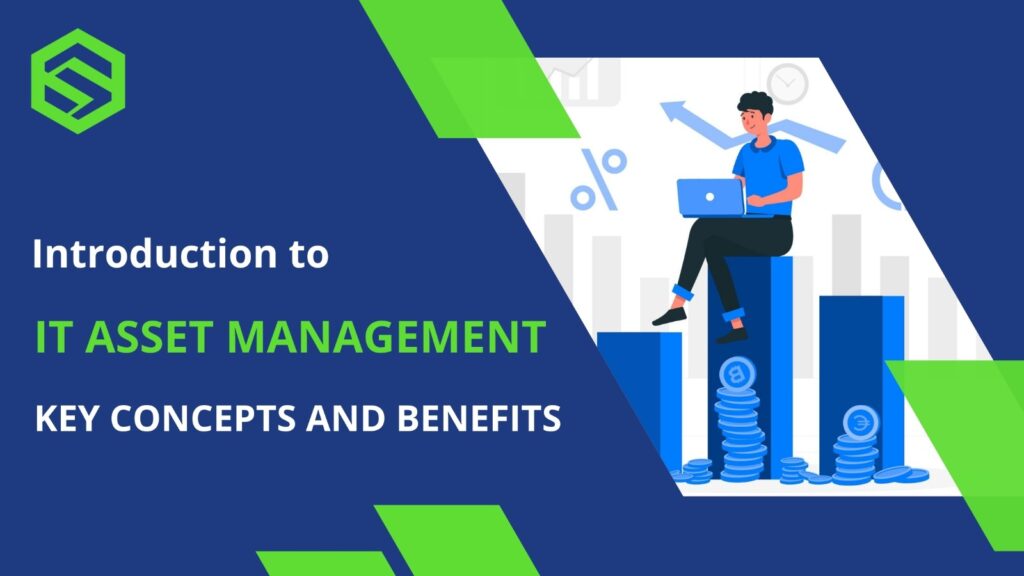
IT Asset Management (ITAM) is a vital business practice that involves systematically managing an organization’s IT assets. This includes all types of hardware, software applications, and network infrastructure. ITAM helps organizations optimize asset utilization, reduce costs, increase usage controls and ensure compliance with industry regulations. This article explores ITAM’s importance and its role in helping organizations manage their IT assets effectively.
The Importance of IT Asset Management
Cost Optimization
One significant benefit of ITAM is cost optimization. Monitoring IT assets helps organizations prevent redundant purchases and optimize the use of current resources. ITAM identifies underused or redundant assets, including software licenses, enabling companies to reallocate or dispose, thus reducing waste and saving money.
Enhanced Asset Utilization
ITAM offers a complete overview of IT assets, including their locations and usage. This visibility ensures assets are used efficiently and prevents underutilization. Proper asset tracking also facilitates better planning for upgrades and replacements, thus ensuring resources are efficiently allocated and up-to-date.
Compliance and Risk Management
Compliance with software licensing agreements and regulatory requirements is crucial. ITAM ensures all software licenses are up-to-date and the organization complies with industry regulations. This proactive management minimizes the risk of legal penalties and fines associated with non-compliance.
Improved Security
Maintaining an accurate inventory of IT assets enhances security. ITAM detects and manages weak assets, guaranteeing they receive regular patches and updates. This mitigates the threat of security intrusions and safeguards data.
How ITAM Helps Organizations Manage Their IT Assets Efficiently
Centralized Asset Repository
A key component of ITAM is the creation of a central database for all IT assets. This repository serves as a single source of truth for asset information, making it easier to track and manage assets. It includes details such as asset type, location, status, and lifecycle stage, ensuring all relevant information is readily available.
Automated Processes
Modern ITAM solutions offer automation features that streamline asset management processes. Network-wide asset detection and inventory can be achieved with automated discovery tools, cutting down on manual tracking work. Automation also helps maintain accurate and up-to-date asset records.
Lifecycle Management
ITAM manages the full lifecycle of an asset, starting from procurement through to retirement and disposal. This lifecycle management ensures assets are tracked at every stage, helping organizations plan for maintenance, upgrades, and replacements. Efficient lifecycle management also aids in budgeting and forecasting future asset needs.
Data-Driven Decision Making
ITAM provides valuable insights through reporting and analytics. Organizations can generate reports on asset utilization, compliance status, and total cost of ownership. These insights enable data-driven decision-making, helping organizations optimize their IT investments and improve overall efficiency.
Best Practices for Implementing ITAM
Defining Clear Objectives
While implementing ITAM, define clear objectives. We can understand what we would need to aim to achieve, such as cost savings, improved compliance, or enhanced asset utilization. Clear objectives guide the implementation process and ensure alignment with business goals.
Choose the Right ITAM Solution
Selecting the right ITAM solution is crucial for success. Evaluate the software based on user-friendliness, scalability, and its ability to integrate. Solutions like SAMPAT offer comprehensive ITAM features that cater to various organizational needs, providing a robust platform for efficient asset management.
Establish Policies and Procedures
Develop policies and procedures for asset management, including asset tagging, inventory audits, and disposal processes. These policies ensure consistency and compliance with industry standards.
Train Your Team
Invest in training your team on ITAM best practices and the use of ITAM tools. A well-trained team will be better equipped to manage assets efficiently and maximize the benefits of ITAM.
Monitor and Improve
Regularly monitor the performance of your ITAM processes and make improvements as needed. Utilize feedback and data analysis to fine-tune your strategies and boost the success of your ITAM program.
Conclusion
IT Asset Management software(ITAM) is essential for organizations seeking to optimize their IT resources, reduce costs, and maintain compliance. By implementing ITAM practices and utilizing robust solutions like SAMPAT, businesses can achieve efficient asset management and drive operational success. Effective ITAM improves asset utilization and security while aiding informed decision-making and strategic planning.
As companies scale, managing IT assets and customer tickets becomes increasingly complex. Lost...
Imagine this: you’re urgently looking for a laptop assigned to a remote employee, but you can’t find...
Why Startups and SMBs Are Adopting Performance Management Tools in 2025 Introduction: The Rising...
Work Management Software vs Project Management Tools: What’s the Difference? Introduction:...
Best Employee Productivity Tracker for Hybrid Work Environments Introduction Hybrid work is now the...
In customer service and IT operations, Service Level Agreements (SLAs) are more than just a...



